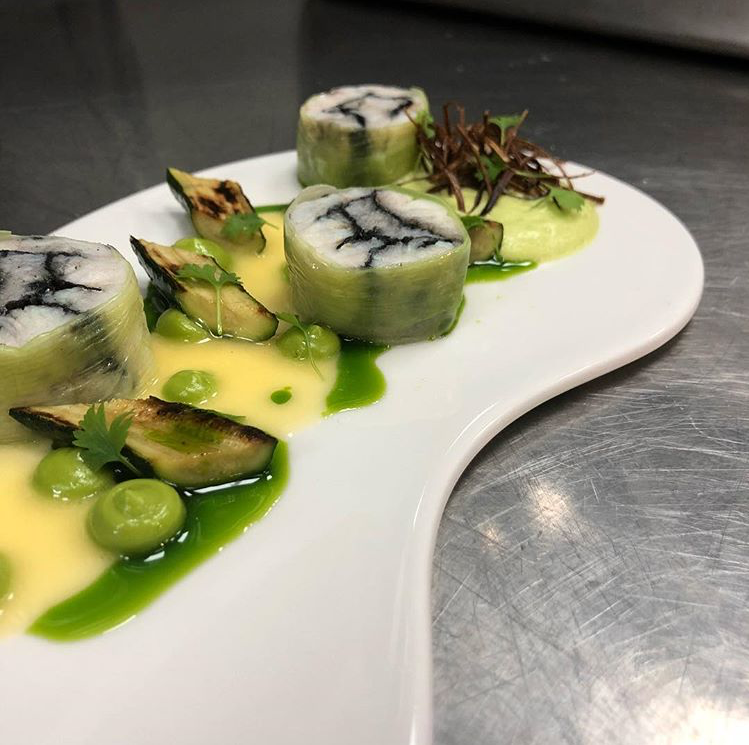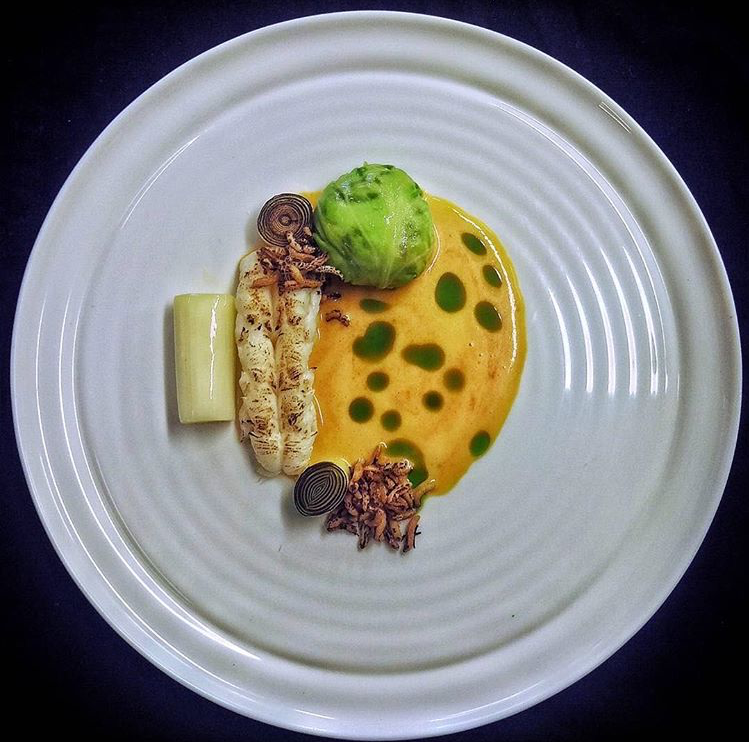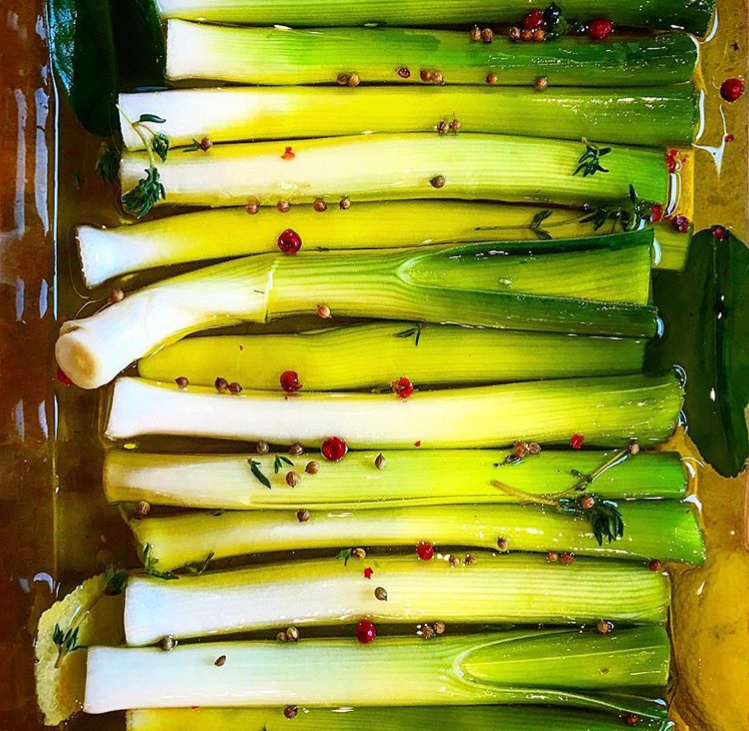Leeks have been the national emblem of Wales since 640 AD when, according to legend, the Welsh army defeated the invading Saxons because the men attached leeks to their hats.
The Welsh men were able to identify their country-men and the leeks stopped them attacking each other by mistake. The Welsh leek even appeared on Queen Elizabeth’s coronation gown – when asked by designer Norman Hartnell if she would like the leek to be replaced with the more aesthetic Welsh daffodil, the soon-to-be queen said no.
Leeks belong to the onion family and look a bit like a huge spring onion, with a mild onion flavour. Miniature leeks are also available. Choose well-shaped, medium stems with fresh green tops and lots of white flesh. Leeks are available year-round but are best stored refrigerated in plastic bags.
When preparing, trim the root end and remove any outer leaves which are coarse or damaged. Make a slit down the length of the green stem and rinse thoroughly in cold running water. Sometimes dirt gets trapped because leeks are grown with the earth around them to keep them white. Slice to the required size.
Leeks can be microwaved, boiled, steamed, stir-fried or braised. Add to soups, flans, pies and braises or stews. Serve with a white or cheese sauce. Cooked cold leeks can be used in salads. As leeks are from the onion family, they can be used to give a mild onion-type taste in recipes, both raw and cooked.
Leeks are an excellent source of vitamin C, as well as being a source of iron and contain dietary fibre. They contain phytonutrients, including carotenoids and phenolic compounds. Flavonoids in leeks are associated with a diminished risk of cardiovascular disease and are known to improve blood pressure, vascular function and serum lipid levels. For these reasons, among others, Asher Regan, chef and foodservice advisor at the New Zealand Heart Foundation, uses leeks in his leek and lemon risotto, a recipe developed in partnership with the Health Promotion Agency and Vegetables.co.nz.








